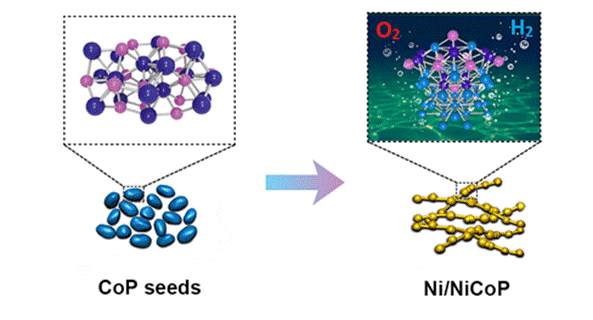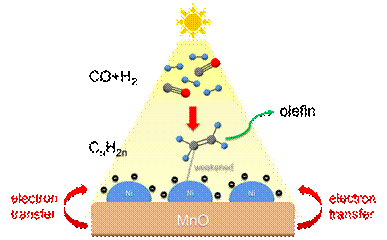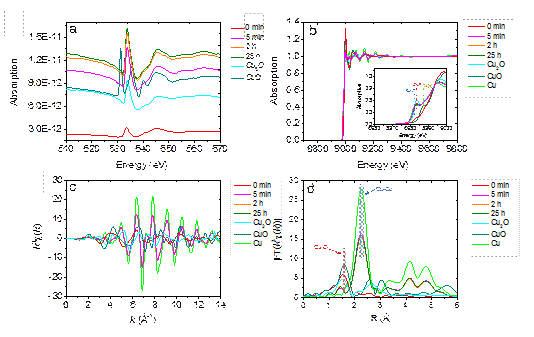
News and Events
Science Highlights
Home /
|
|
|
Electrolyzing water to produce hydrogen is an ideal method. However, the energy consumption for water electrolysis is high, which is less competitive than that of hydrogen production by fossil fuel. The key to reduce the total energy consumption and improve the efficiency is developing a high efficient electrocatalyst. A research group in the School of Material Science and Engineering of China University of Petrol...
|
|
|
|
Oxygen reduction reaction (ORR) and oxygen evolution reaction (OER) are a pair of reversible electrochemical reactions of fuel cells and metal-air batteries, in which the slow reaction kinetics and low reversibility are the key scientific problems to limit the energy efficiency improvement. Therefore, to meet the urgent need of developing new high-efficiency and stable electrocatalytic materials, a research team f...
|
|
|
|
The team of Tierui Zhang, Institute of Physical and Chemical Technology, Chinese Academy of Sciences, used CoAl-LDH as the precursor for the first time to produce different types of supported Co-based catalysts under different reduction temperature by H2. This research made a detailed analysis of the performance difference of two different types of catalysts in the photo-driven CO hydrogenation, and through detail...
|
|
|
|
It is of great significance to utilize active nickel-based catalysts to be more preferred in producing light olefins by weaken the hydrogenation ability. A group from Center of Supramolecular Photochemistry, Technical Institute of Physics and Chemistry, Chinese Academy of Sciences, made thorough investigation into such subject. The relative results were published on Advanced Energy Materials, December 16, 2019.
|
|
|
|
Tierui Zhang’s group reported a simple, one-step synthetic strategy toward defect-rich porous monolayer NiFe-LDH (denoted as PM-LDH) with the outstanding OER performance. Their research has been published on May 10th, 2019 in Adv. Energy Mater.
|
|
|
|
Carbon dioxide (CO2) is the main greenhouse gas, and it is also a cheap, non-toxic, abundant and renewable C1 resource. Conversion of CO2 into high value-added chemicals has the dual meanings of rational utilization of carbon resources and environmental protection, and meets the requirements of sustainable development. Among all the technical routes, electrochemical reduction of CO2 to liquid fuel and high value-a...
|

Copyright © 2011 - 2012 Beijing Synchrotron Radiation Facility






